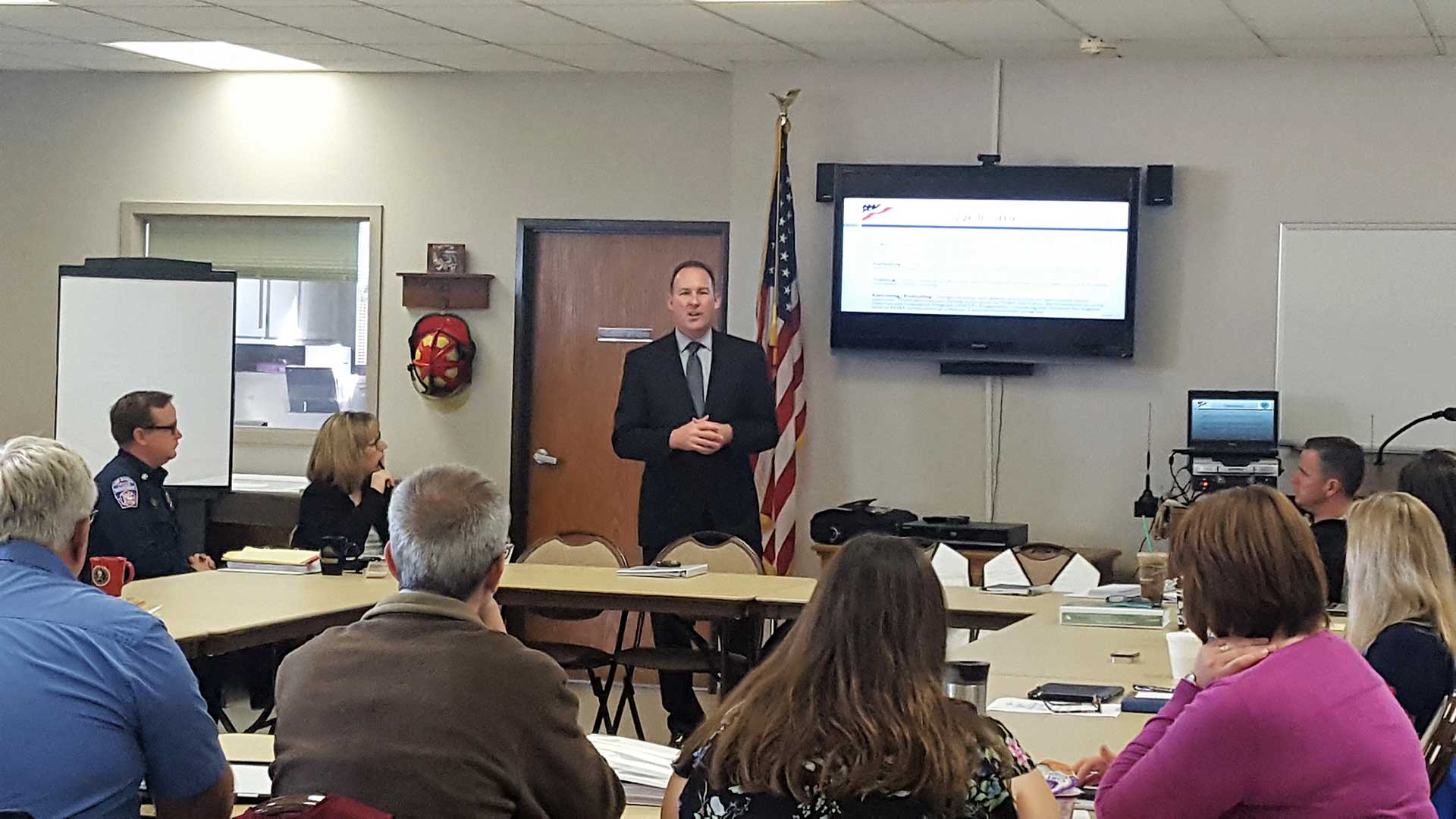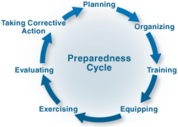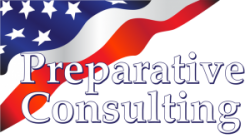
Multi-Year Training and Exercise Plans
Multi-Year Training and Exercise Planning


Purpose
The purpose of the Multi-Year Training and Exercise Plan (TEP) is to document the organization’s overall training and exercise program priorities for the period of three years. The plan should be considered a guiding document that may be updated and refined annually or as organizational or operational needs change. These priorities are linked to corresponding core capabilities, and, if applicable, a rationale based on existing strategic guidance, threat or hazard assessments, after actions reports/ improvement plans from previous exercises, or other factors. This Multi-Year TEP identifies the training and exercises needed to establish a foundation for the organization’s emergency services and build and sustain the core capabilities needed to prepare the organization to respond to and recover from any real or threatened incident, disaster, or emergency.
The Multi-Year TEP proposes a combination of progressively building exercises – along with the associated training requirements – which address the priorities identified in the Training and Exercise Planning Workshop (TEPW). A progressive, multi-year exercise program enables the organization to participate in a series of increasingly complex exercises, with each successive exercise building upon the previous one until mastery is achieved. Further, by including training requirements in the planning process, the organization can address any needs prior to exercising capabilities.
A Multi-year TEP may also serve as a follow-on companion document to the Emergency Operations Plan, and can provide a roadmap for the organization to follow in accomplishing the priorities described therein.
Training and Exercise Program Management
Training and exercise program management is the process of supervising and integrating a variety of focused exercises and training over time. An effective exercise program helps organizations maximize efficiency, resources, time, and funding by ensuring that exercises are part of a coordinated, integrated approach to building, sustaining, and delivering core capabilities. The National Preparedness Goal identified 31 core capabilities—these are the distinct critical elements needed to achieve the goal of “A secure and resilient nation with the capabilities required across the whole community to prevent, protect against, mitigate, respond to, and recover from the threats and hazards that pose the greatest risk.”
This approach—called multi-year planning—begins when elected and appointed officials, working with whole community stakeholders, identify and develop a set of multi-year exercise priorities informed by existing assessments, strategies, and plans. These long-term priorities help training and exercise planners design and develop a progressive program of individual training and exercises to build, sustain, and deliver core capabilities.
Progressive Approach
A progressive, multi-year exercise program enables organizations to participate in a series of increasingly complex exercises, with each successive exercise building upon the previous one until mastery is achieved. Regardless of exercise type, each exercise within the progressive series is linked to a set of common program priorities and designed to test associated capabilities.
Further, by defining training requirements in the planning process, organizations can address known shortfalls prior to exercising capabilities.
This progressive approach, with exercises that build upon each other and are supported at each step with training resources, will ensure that organizations do not rush into a full-scale exercise too quickly. Effective planning of exercises and integration of the necessary training will reduce the waste of limited exercise resources and serve to address known shortfalls prior to conducting the exercise. The different types of exercises that may be included in the multi-year plan are described in the following sections.
